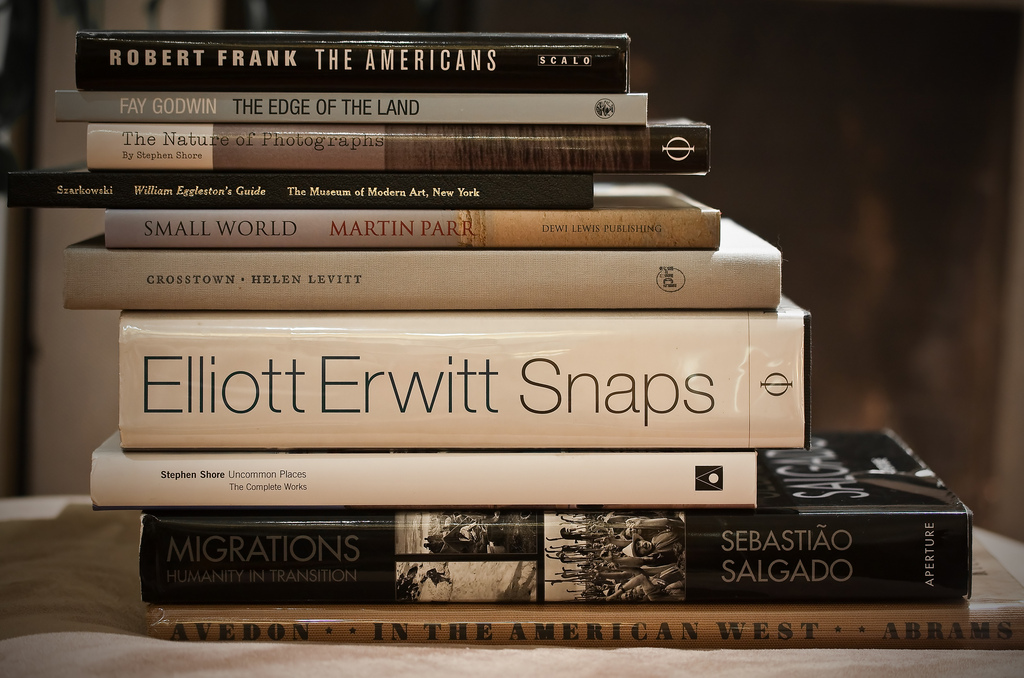Audio for Single Camera Operation by Tony Grant
Tony Grant is a knowledgeable cameraman, with many years of experience working for the BBC. This book aims to educate the professional cameraman about sound considerations, but it was published in 2002, so it does feel a little dated at times. DAT is referenced as a new technology, and when he talks about taping, he really means with a tape and everything. With that said, sound recording technology, beyond formats and medium, hasn’t advanced quite as much as video technology in the intervening years, so there still much of value to the one-man production shop within these pages.
Microphone technology, concepts and techniques, in particular, haven’t changed that much, so the chapters on mic placement and use for specific, common video situations remain pertinent and useful today. What I found especially useful is the series of practical exercises Mr Grant includes for getting to know mics, placement, mixing and track recording. For the visual person we sometimes neglect to train our ears and get familiar with our specific equipment – these exercise help you learn to listen and to get familiar with your specific, equipment combination.
Despite being in need of an update, there is little fluff here, and lots of useful information on a subject which is often neglected.
Photocine: Digital Filmmaking with DSLRs by Lou Lesko, Michael Britt & Snehal Patel
Although there is a plethora of sites, articles and videos on the subject, on the interwebs, if you are of a certain age and background, it is sometimes nice to be able to go to one reference tome for all information on a subject. That is what Digital Filmmaking with DSLRs sets out to be. To some extent it succeeds, but it is hard to compete with the whole of the internet, especially in a field that is moving so fast. The book dedicates too much time to a single camera, the Canon 5D mkII; an important camera, yes, but, yesterday’s news. It also attempts to educate us on a couple of important figures and works in the field but it’s view is a little skewed.
Some excuses can be made, in that, this book is already two and a half years old which, in DSLR video years, is about a decade. In the end, you might want one book to replace all those sites, links and bookmarks that you have but you quickly feel the shortcomings of the print media, and find yourself returning to the chaos of the web. If you’re starting out, and are playing catch-up, this book could be a good way to get up to speed, but, for the the more experienced, I’m not sure it offers that much.
Burn Your Portfolio: Stuff they don’t teach you in design school, but should by Michael Janda
So here’s the star of this month’s books. You might think that a book aimed at graphic designers is not going to have a lot pertinent to video and filmmakers, but you’d be wrong. Their industry is creative and ruled by clients and project management and collaboration just like ours. The advice Mr Janda gives is immediately, practically useful. I’d estimate that less than 10% wasn’t applicable to the video creation business but why should that be a surprise? The overlap between graphic design and video bleeds in through animation and titles and infographics, etc.
It’s an easy and fun read and it’s a book you can go back to for refreshers and tips over and over. It’s as useful for a new graduate as it is for an old-hand. This book is a little-known gem but don’t just take my word for it – check out the enthusiastic reviews on Amazon from experienced graphic designers. If you’re a filmmaker who considers themselves, or aims to be, a professional, do yourself a favor and skip reading one technical book this weeks and read “Burn Your Portfolio” instead.
